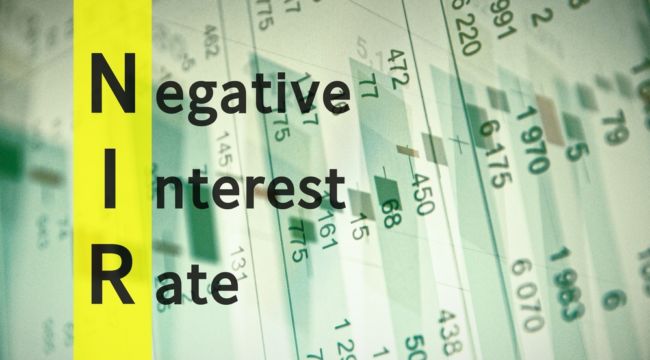Heading Into Negative (Real) Interest Rates
by Jim Rickards, Daily Reckoning:

Last July I was in Bretton Woods, New Hampshire, along with a host of monetary elites, to commemorate the 75th anniversary of the Bretton Woods conference that established the post-WWII international monetary system. But I wasn’t just there to commemorate the past —I was there to seek insight into the future of the monetary system.
One day I was part of a select group in a closed-door “off the record” meeting with top Federal Reserve and European Central Bank (ECB) officials who announced exactly what you can expect with interest rates going forward — and why.
They included a senior official from a regional Federal Reserve bank, a senior official from the Fed’s Board of Governors and a member of the ECB’s Board of Governors.
Chatham House rules apply, so I still can’t reveal the names of anyone present at this particular meeting or quote them directly.
But I can discuss the main points. They essentially came out and announced that rates are heading lower, and not by just 25 or 50 basis points. Rates were 2.25% at the time. They said they have to cut interest rates by a lot going forward.
Well, that’s already happened. The Fed cut rates last September and October (each 25 basis points), bringing rates down to 1.75%. And now, after Tuesday’s emergency 50-basis point rate cut, rates are down to 1.25%.
That’s a drop of one full percentage point. If the Fed keeps cutting (which is likely), it’ll soon be flirting with the zero bound. And if the economic effects of the coronavirus don’t dissipate (very possible), the Fed could easily hit zero.
But then what?
These officials didn’t officially announce that interest rates will go negative. But they said that when rates are back to zero, they’ll have to take a hard look at negative rates.
Reading between the lines, they will likely resort to negative rates when the time comes.
Normally forecasting interest rate policy can be tricky, and I use a number of sophisticated models to try to determine where it’s heading. But these guys made my job incredibly easy. It’s almost like cheating!
The most interesting part of the meeting was the reason they gave for the coming rate cuts. They were very relaxed about it, almost as if it was too obvious to even point out.
The reason has to do with real interest rates.
The real interest rate is the nominal interest rate minus the inflation rate. You might look at today’s interest rates and think they’re already extremely low. And in nominal terms they certainly are. But when you consider real interest rates, you’ll see that they can be substantially higher than the nominal rate.
That’s why the real rate is so important. If you’re an economist or analyst trying to forecast markets based on the impact of rates on the economy, then you need to focus on real rates.
Assume the nominal rate on a bond is 4%; what you see is what you get. But the real rate is the nominal rate minus inflation. If the nominal rate is 4% and inflation is 2%, then the real rate is 2% (4 – 2 = 2).
That difference between nominal and real rates seems simple until you get into a strange situation where inflation is higher than the nominal rate. Then the real rate is negative.
For example, if the nominal rate is 4% and inflation is 5%, then the real rate of interest is negative 1% (4 – 5 = -1).
The U.S. has never had negative nominal rates (Japan, the eurozone and Switzerland have), but it has had negative real rates.
By the early 1980s, nominal interest rates on long-term Treasury securities hit 13%. But inflation at the time was 15%, so the real rate was negative 2%. The real cost of money was cheap even as nominal rates hit all-time highs.
Nominal rates of 13% when inflation is 15% are actually stimulative. Rates of 3% when inflation is 1% aren’t. In these examples, nominal 2% is a “high” rate and 13% is a “low” rate once inflation is factored in.
Read More @ DailyReckoning.com
Loading...


